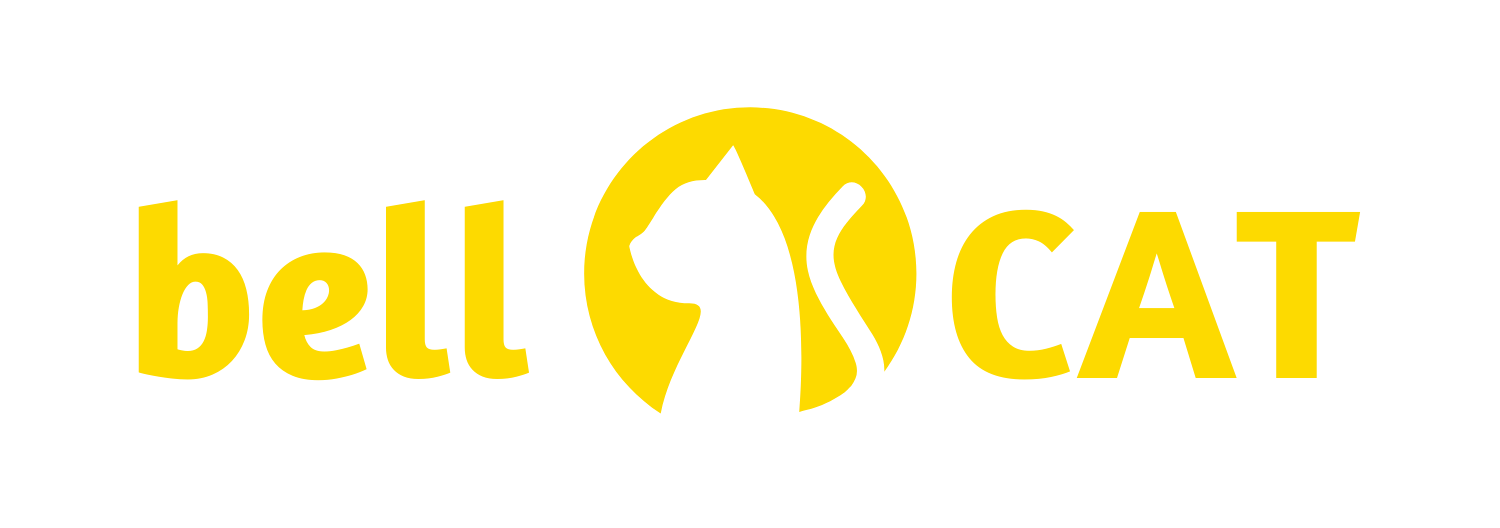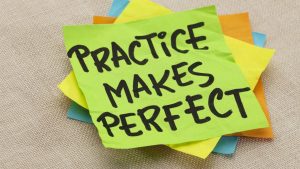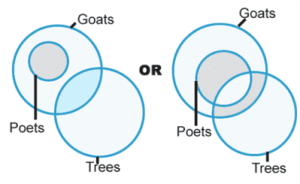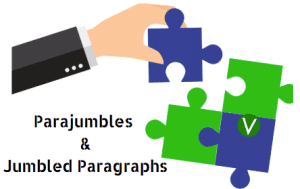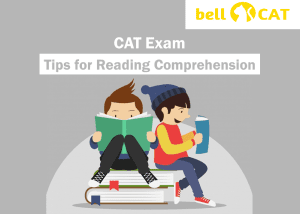Punctuation marks and understanding its usage is essential for completely grasping a sentence in the VARC (Verbal Ability and Reading Comprehension) Section in the CAT exam. Not only that, but also, Punctuation marks in a sentence can make or break a sentence. That’s why, it’s essential to have a firm understanding of punctuation marks.
This 7-minute article serves as a quick guide to understand all the punctuation marks used commonly.
Punctuation Marks: A Guide
1. Period
The Period ‘.’ (or most commonly knows as full stop) when used marks the end of a sentence. It is also used to abbreviate abbreviations.
Example:
- I went to a store downtown.
- Let me introduce you to Dr. Michael here.
2. Exclamation Mark
The Exclamation Mark (or point) ‘!’ marks the end of a sentence. However, it only expresses sentences with great or sudden emotions, unlike Periods.
Example:
- Wow! What an amazing show!
- Alas! I lost the match.
3. Question Mark
The Question Mark ‘?’ marks the end of any question, typically. Mostly, This is put after interrogative sentences.Example:
- Would you like a cup of tea?
- How are you doing today?
- Where are my keys?
- Weren’t you home yesterday?
4. Commas
The Comma (,) is widely used in long texts. The comma has a variety of uses in a sentence. It is commonly used to break up sentences to clarify a sentence. Additionally, this punctuation mark separates the additional information in a sentence. This method helps in clarification of the sentence.
Example:
- Addressing separately: “Where are you, Sameer?”
- Combining two separate sentences: I wish were in Canada right now, but everything happens for a reason.
- Separating an additional piece of information: Dr. Sameer, a renowned paediatrician, prescribed him medicines.
- Marking a list of items: I need to buy a banana, an apple, and an orange from the fruits’ market.
Note: There is common confusion whether to use a comma or not between the last two items in a list
- Buy me some pencils, pens, and a pencil case.
- Buy me some pencils, pens and a pencil case.
As you can see, writing the sentence in either of the ways doesn’t really make a difference. The usage of a comma between the last two items in a list depends on personal preference. Both of the ways are acceptable in written English.
5. Semicolons
Although the Semicolon (;) is a half colon and comma, its usage is not similar to either of those punctuation marks. It typically links two independent clauses in a sentence, the clauses which complement each other but are sentences with independent meanings.
Example:
- Amy cannot fix her tie; she just doesn’t know how to.
- It’s okay to be not okay; we’re all in the same boat truly.
Semicolons are also put at the end of a list to clarify the implications of sentence better.
- We need the following tools to fix this car: Screwdrivers, pilers, wrenches, and a hammer; two bottles of diesel, and a small piece of scrap.
6. Colons
The colon (:) is one of the common punctuation marks. They have various uses, like in ratios (3:2), time (12:00 pm), or the indication of a list, a definition or an example that follows.
- Conservation: The protection of animals, plants, and natural resources.
- You require the following ingredients to make a cake: Flour, baking powder, baking soda, milk, and vanilla essence.
7. Hyphens
The Hyphen (-) is used in compounds words, especially to string together two words to generate another meaning.
Example:
- It was an awe-inspiring speech.
- It was a nerve-wracking experience.
8. En Dash
The En Dash (–) links two things together, like dates (1999-2003), or shows a range ( 24 Km/Hour – 55 Km/Hour).
9. Em Dash
The Em Dash (—) is usually twice as long as an En Dash. It has multiple uses. It can break up sentences, separate additional information from a sentence, or make a stuffy sentence seem more readable.
Example:
- Multiple languages are spoken in India — Hindi, Urdu, Malayalam, Marathi and other region-specific languages.
- KFC’s franchise is spread all over the world — North America, the Middle East, Europe, Asia-pacific, Australia.
- I should better get ready now—the orchestra will start any minute now.
- I am done with breakfast—oh well, almost done.
10. Apostrophe
An Apostrophe (‘) marks the possession of an article by someone or the contractions in a sentence.
Example:
- She’s going to the Cinema this weekend.
- Isn’t she all right after taking a rest-day?
- It is Matthew’s Violin.
11. Quotation Marks
The Quotation marks (” ”) are put over a sentence to either show that it is a quote, or to signify that it was spoken by someone. We also use single quotes (‘ ‘) within a double quotes’ sentence (” ”) to signify a clearer meaning.
Example:
- “I am so proud of you, son.”, said Mother.
- “It’s Peter’s desk. Don’t you dare sit there!”, shouted Alyssa.
Note: In a quoted question, the question mark can come either before or after the quotation marks. However, the common practice is to put the question mark before the ending quotation mark.
- “Are you all right, Jamie?”, Said I.
We hope you found this article useful! To get more information on the CAT exam, don’t hesitate to get in touch with CAT coaching Kolkata.
Leave feedback or any doubts you have in the comments’ section below.
